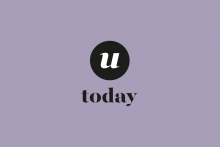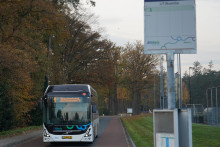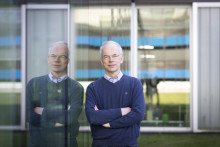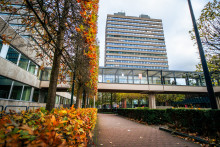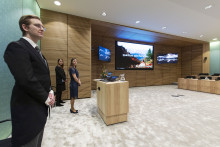The influx of foreign students into the Dutch educational system over the last five years has generated some difficulties as universities try to integrate students from diverse backgrounds and cultures. Van Soest, whose master's thesis investigated bottlenecks and possible solutions in the international classroom, states, `There has been interest from faculty and students alike and generally a good reaction about the issue, but many people don't feel there are any problems in international classrooms.'
Part of the issue is setting academic standards in a way that satisfies the university administration, teachers and students. To bring these groups into a healthy discussion, Van Soest organized this meeting to involve representatives of all interests. The reaction was quite good, with more than 30 participants crowding the room and engaging in spirited discussion - first in small groups and later as a whole. For van Soest the critical issue is to speak to the expectations of all sides. To do this, she urged the attendees to answer the following questions: Are students clients or participants? If these students pay a substantial sum of money for a UT education then isn't the university responsible for adapting its `product' to suit the needs of the students? Or, conversely, is it the responsibility of the student to adapt to the traditional teaching methods and atmosphere customary in Dutch education? These questions point to the broader issue of whether education is a commercial commodity and a school a business.
Van Soest presented two cases in which difficulties of international students and their teachers were laid out. Each group was encouraged to approach the complaints from one of three perspectives: as a student, teacher or administrator. Feedback was substantial for such a short meeting. From the administrative side, the opinion was that it is not up to management to adapt to incoming students, but participants suggested a mentor system to provide someone between the student and teacher to facilitate problem-solving.
From teachers' reactions came the view that communication is not always the solution to all problems; sometimes other approaches are necessary. Furthermore, it is imperative that Dutch students enrolled in master's education undergo some sort of orientation since they are expected to matriculate with the ability to hold an international position. The students' perspective (or as close as a group of primarily teachers and administrators could come to imagining the viewpoint of foreign students, since were few students present) stated that poor communication is often a symptom of cultural misunderstandings and that an orientation program for everyone involved ( -- including international students, Dutch students and faculty - would be helpful. The student groups concluded that the university must realize that international education requires novel approaches and organizational models.
During February (8, 15 and 22) there will be a series of workshops, targeting teachers who work with international students. See the ITBE website: http://www.utwente.nl/itbe/owk/en/courses/


